Marcus Basalla
Creativity of Deep Learning: Conceptualization and Assessment
Dec 03, 2020
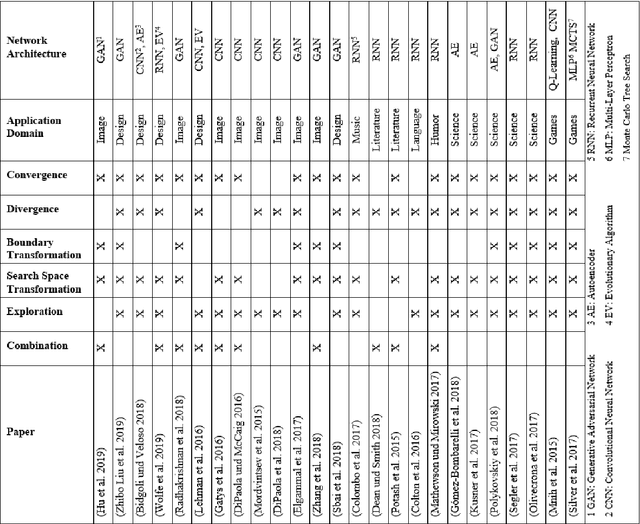

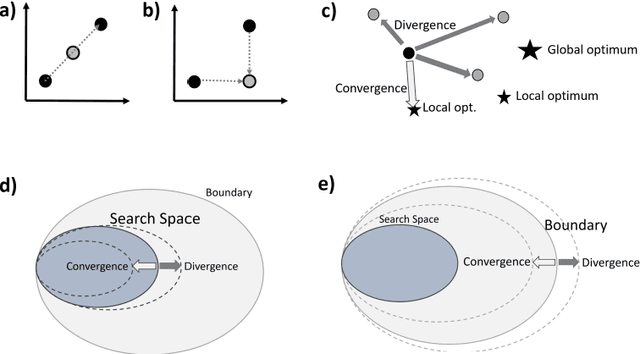
Abstract:While the potential of deep learning(DL) for automating simple tasks is already well explored, recent research started investigating the use of deep learning for creative design, both for complete artifact creation and supporting humans in the creation process. In this paper, we use insights from computational creativity to conceptualize and assess current applications of generative deep learning in creative domains identified in a literature review. We highlight parallels between current systems and different models of human creativity as well as their shortcomings. While deep learning yields results of high value, such as high quality images, their novelity is typically limited due to multiple reasons such a being tied to a conceptual space defined by training data and humans. Current DL methods also do not allow for changes in the internal problem representation and they lack the capability to identify connections across highly different domains, both of which are seen as major drivers of human creativity.
Gaussian Process Neurons Learn Stochastic Activation Functions
Nov 29, 2017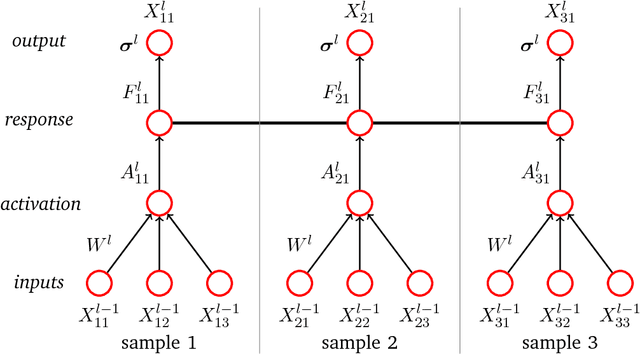
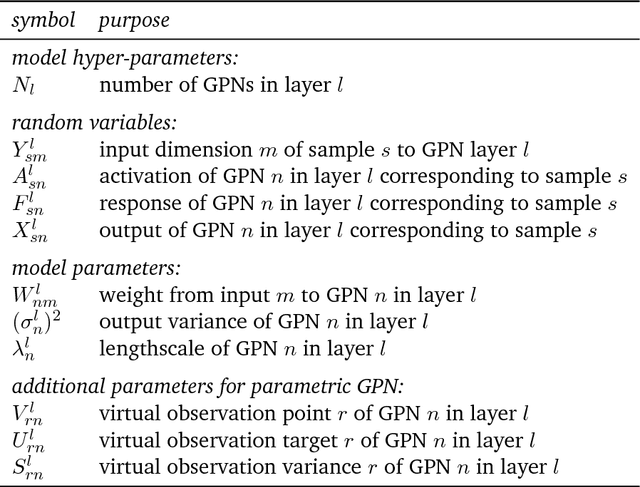
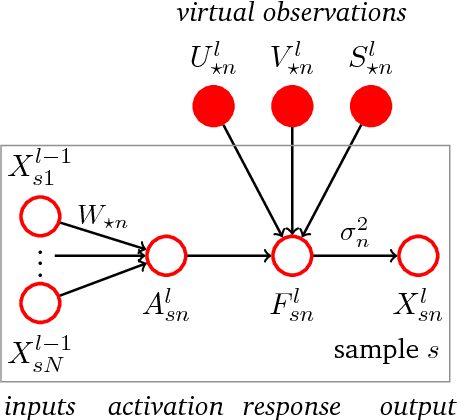
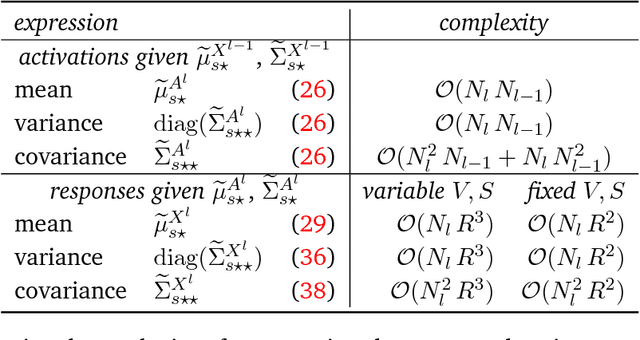
Abstract:We propose stochastic, non-parametric activation functions that are fully learnable and individual to each neuron. Complexity and the risk of overfitting are controlled by placing a Gaussian process prior over these functions. The result is the Gaussian process neuron, a probabilistic unit that can be used as the basic building block for probabilistic graphical models that resemble the structure of neural networks. The proposed model can intrinsically handle uncertainties in its inputs and self-estimate the confidence of its predictions. Using variational Bayesian inference and the central limit theorem, a fully deterministic loss function is derived, allowing it to be trained as efficiently as a conventional neural network using mini-batch gradient descent. The posterior distribution of activation functions is inferred from the training data alongside the weights of the network. The proposed model favorably compares to deep Gaussian processes, both in model complexity and efficiency of inference. It can be directly applied to recurrent or convolutional network structures, allowing its use in audio and image processing tasks. As an preliminary empirical evaluation we present experiments on regression and classification tasks, in which our model achieves performance comparable to or better than a Dropout regularized neural network with a fixed activation function. Experiments are ongoing and results will be added as they become available.
 Add to Chrome
Add to Chrome Add to Firefox
Add to Firefox Add to Edge
Add to Edge